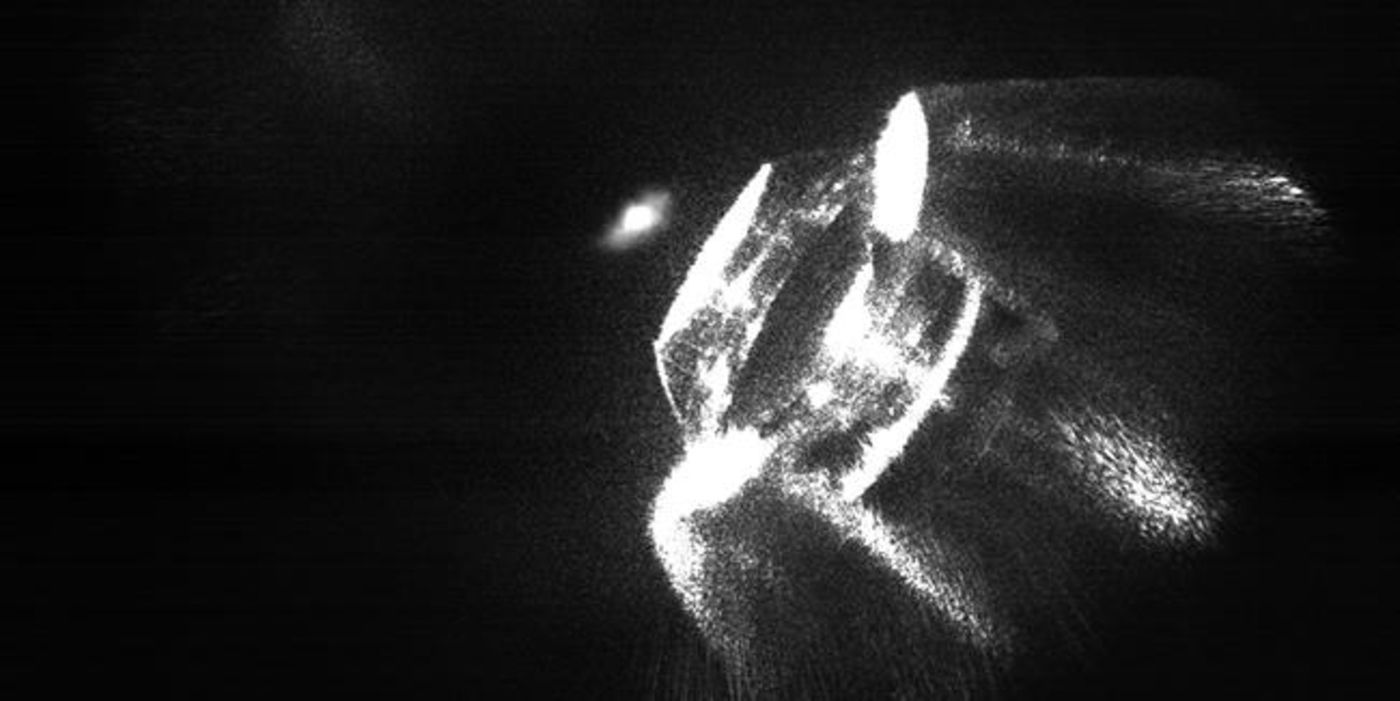Physicists Captured Molecules Forming in Fine Detail
Macroscopically, a chemical reaction is the transformation of molecules, from one form to another. But at the atomic level, where individual atoms take actions under the rule of quantum physics, scientists have not yet had a clear picture of how things come together.
A group of theoretical physicists at the University of Otago (Dunedin, New Zealand) obtained the first-ever microscopic image of individual atoms that were chilled to close the absolute zero. They also observed their atomic transformation in a molecule-forming interaction.
The breaking and forming of chemical bonds, which involve the changing of the electron configuration of involved atoms, is at the heart of every chemical reaction. Conventionally, scientists looked at these reactions at the macroscopic level, through statistically studying the behaviors of the atoms en masse.
The New Zealander group used a method that involves trapping a trio of atoms and cooling them to a temperature of just a tiny fraction above the absolute zero, by using a highly focused laser beam.
Conceptualized in atomic manipulation experiments, the cooling of atoms via photonic souce was first achieved in the early 1900s. In its essence, laser cooling relies on the atoms' absorption of specific photons, which leads to the compression of the velocity distribution of atoms. Motion means heat; therefore, the constraining of the movement of these particles induces a cooling effect.
The advances of laser cooling in the late 20th century eventually led to the discovery of a new state of matter at ultracold temperatures, known as the Bose-Einstein condensate. NASA's Cold Atom Lab aboard the International Space Station relies on this technique to generate ultra-cold atoms, which are an important part of their quantum physics experiments in microgravity
NASA's Cold Atom Lab: The Coolest Experiment in the Universe (NASA JPL)
Until recently, scientists are only able to interrogate the atomic interaction by averaging the collective behaviors of a group of atoms. For the first time in history, the University of Otago researchers directly observed the close contact of atoms in fine details, which involves the bumping, grinding, scattering, and merging between separate particles as the results of their collisions.
Using their laser-powered optical tweezers, they also witnessed the forming of a twin-atom molecule in a trio of three rubidium atoms. (To make the chemical bond, the reaction requires an extra atom to work). Their work led to several surprising findings that don't fall within the prediction based on the knowledge generated from previous measurements on a large cloud of atoms.
The group published their latest finding the journal Physical Review Letters.
Source: Science Alert/University of Otago









